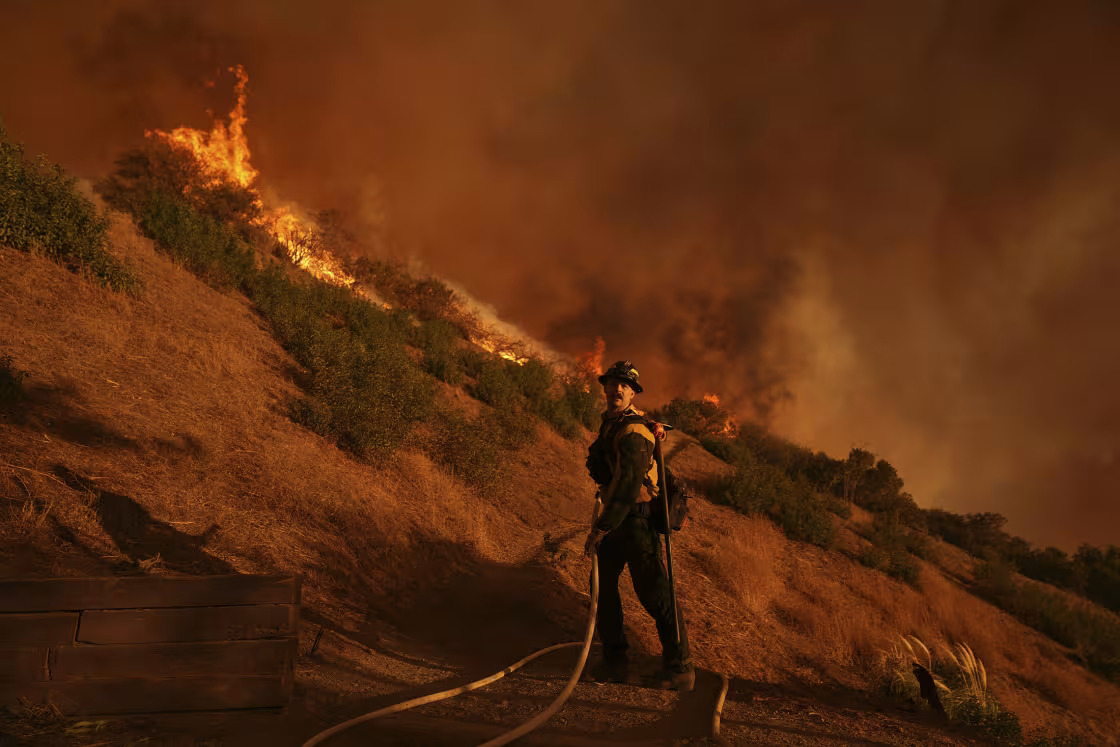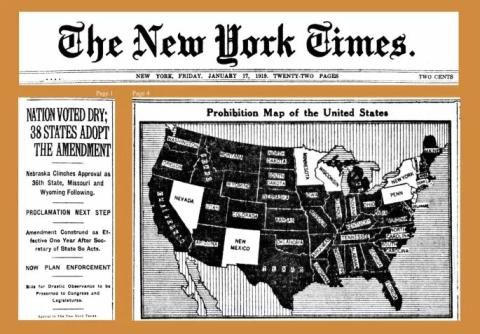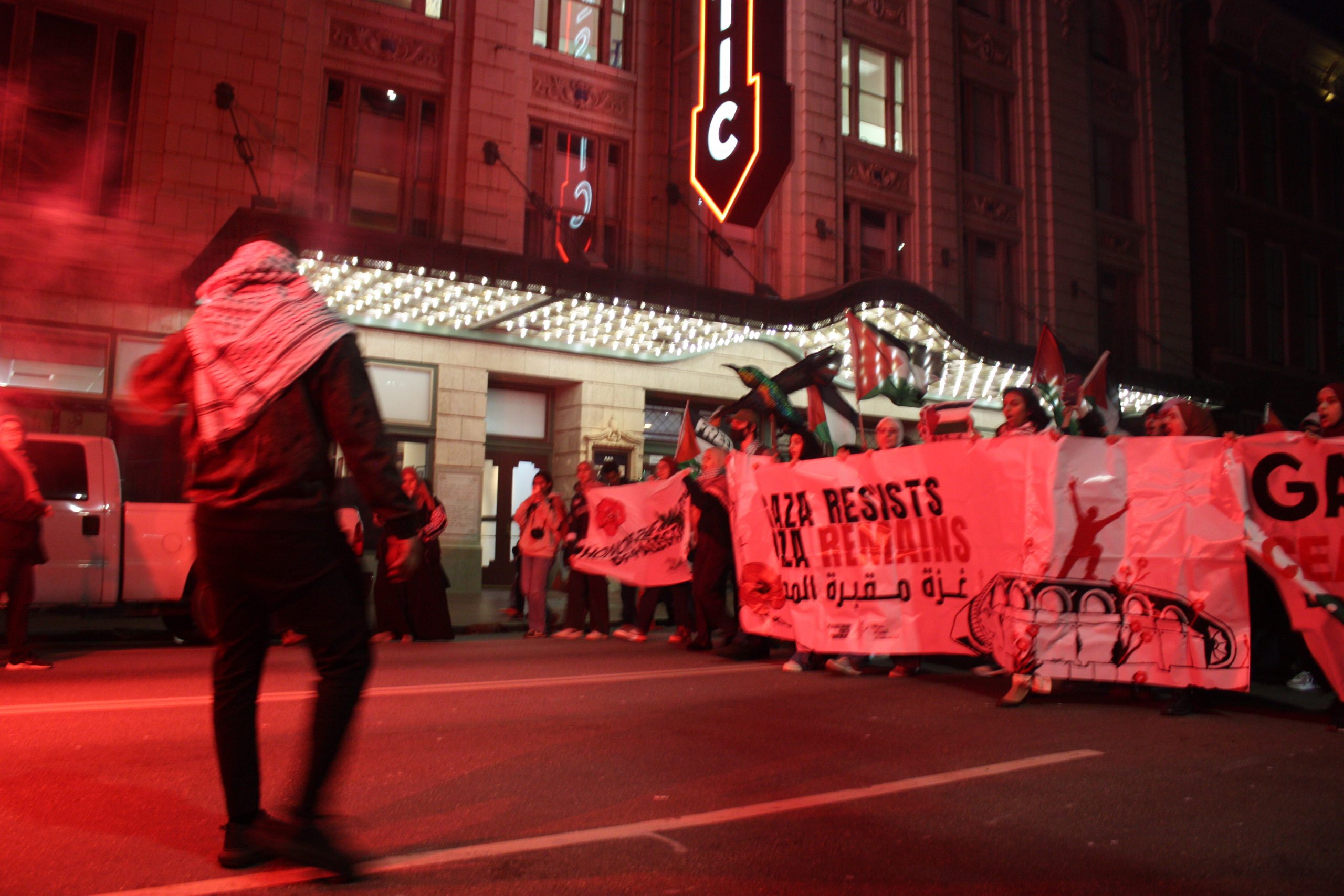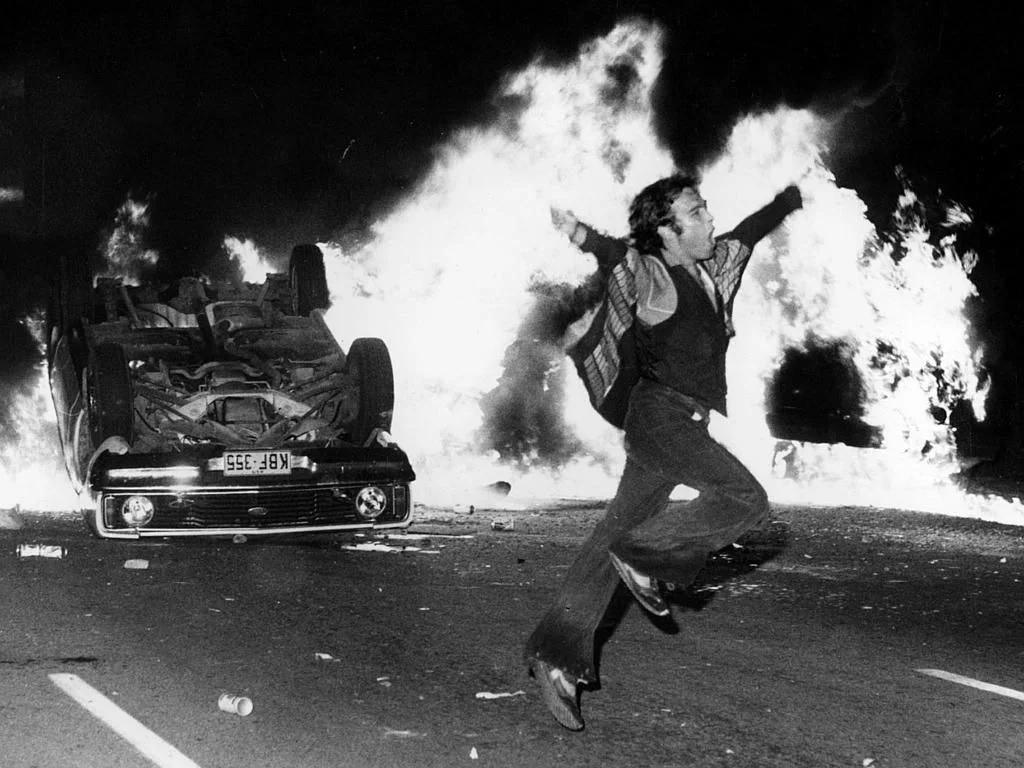Greater Los Angeles Wildfires, Police Funding Hikes, and Budgetary Lambs for Sacrifice
With effective response to the Los Angeles Fires reportedly hindered by cuts to the LAFD, it becomes clear that

With effective response to the Los Angeles Fires reportedly hindered by cuts to the LAFD, it becomes clear that variably high police budgets can come with the depreciation of important public services.
While the city still struggles to contain the fires in Los Angeles, the environmental disaster is already being called one of the most devastating in American history. Along with blame leveled at heavy polluters like ExxonMobil and Phillips 66, criticism has turned to the city government as over 100,000 people have been affected. Likewise, Mayor Karen Bass, who cut the fire department’s budget by $23 million while increasing the police budget to an unprecedented $3.2 billion, has received a significant portion of the backlash.
Bass has defended the budget cuts, citing “tough budgetary times“ as a motivating factor behind the move. In the new budget, LAFD received a total of $820 million, around a fourth of the funds allocated for LAPD.

While the ramifications have been especially stark in LA, the gradual rise of police funding has been common throughout the United States in recent years and has already led to regressive cuts. Taking a closer look at major cities throughout the country, it’s easy to discern the budgetary lamb, or the respective public service marked for sacrifice, in order to expand investments in policing.
It’s well-publicized that cities like Dallas and Cleveland have comparatively low spending for housing and libraries through city budgeting and bond expenditures. Meanwhile, Dallas has steadily approached a $1 billion police budget over the last three years, with this year’s proposed budget over $700 million. And although Cleveland’s proposed public safety budget dials in at around $400 million, the total expenditure has accounted for more than half of the city’s entire budget.
Issues like poverty and illiteracy/poor education have long been considered a driving force behind rising crime rates, along with inaccessibility to basic resources overall. Therefore, cities emphasizing public safety through law enforcement may be investing into crime twice; once through a denial to provide essential needs and once more through over-policing. Additionally, this distribution of funding helps to enrich the procedural justice industrial complex in the United States.
Between 2022 and 2023, the City of Miami cut every budget except for public safety and general government. The biggest cut was incurred to the transportation and mobility budget, which shrunk by around $400 million. And as Black/Latine Americans utilize public transit at around five times the rate of whites, the cut stays on trend with many other cities in the country in its reduction of services offered to underserved communities.
However, stagnation in a budget alone is enough to significantly worsen social issues at-large. For example, the New York City’s Department of Social Services budget was largely unaffected between 2021 and 2022. However, with greater demands for department employees, staffing issues became increasingly prevalent. As such, the department has yet to fully recover from the downturn and now sees a reduced budget with more staffing cuts after the city attempted to reinvest in the department in 2023.
In each case, these cuts have served to divert funding away from communities and toward policing bodies across states. This emphasizes the disparate interests between law enforcement and the overall population, implying a parasitic relationship between police and residents by means of taxation from local governments.
While the devastation suffered from the LA Fires should be largely attributed to failures and half-hearted solutions in our environmental policy, such as carbon credits and other capital-friendly approaches, the role played by the LAFD budget cuts cannot be minimized. Staffing issues have set back efforts considerably, as both firefighters from other departments (including Dallas’) and inmates from California’s prisons assist in containing fires, with the latter earning less than minimum wage for their work.
LAFD fire chief Kristin Crowley recently pointed out that cuts severely affected not only the department’s capability to contain the wildfires, but its overall performance.
“My position is to make sure our people get what they need to do their jobs,” Crowley told the local FOX station. “The amount of the calls that our firefighters are running today has doubled since 2010, a 55% increase with 68 less people. Full transparency: This isn’t a new problem for us. Since the three years I’ve been in this seat, I’ve sounded the alarm to say that this is not sustainable[…] We are screaming to be properly funded.”
Crowley additionally foresaw hindrances to “core functions” of the department in a memo distributed on Dec. 4. Variably, Crowley herself has faced calls to resign over the issue by LAFD officials, accusing the chief of mismanagement and poor leadership during the disaster. Regardless, the officials acknowledge budget concerns as valid.
As police budgets rise in the U.S., municipal governments consider cuts to important public services to further prioritize law enforcement. And with the popularization of initiatives around the country to expand police resources and training expenditures, this trend may continue.








